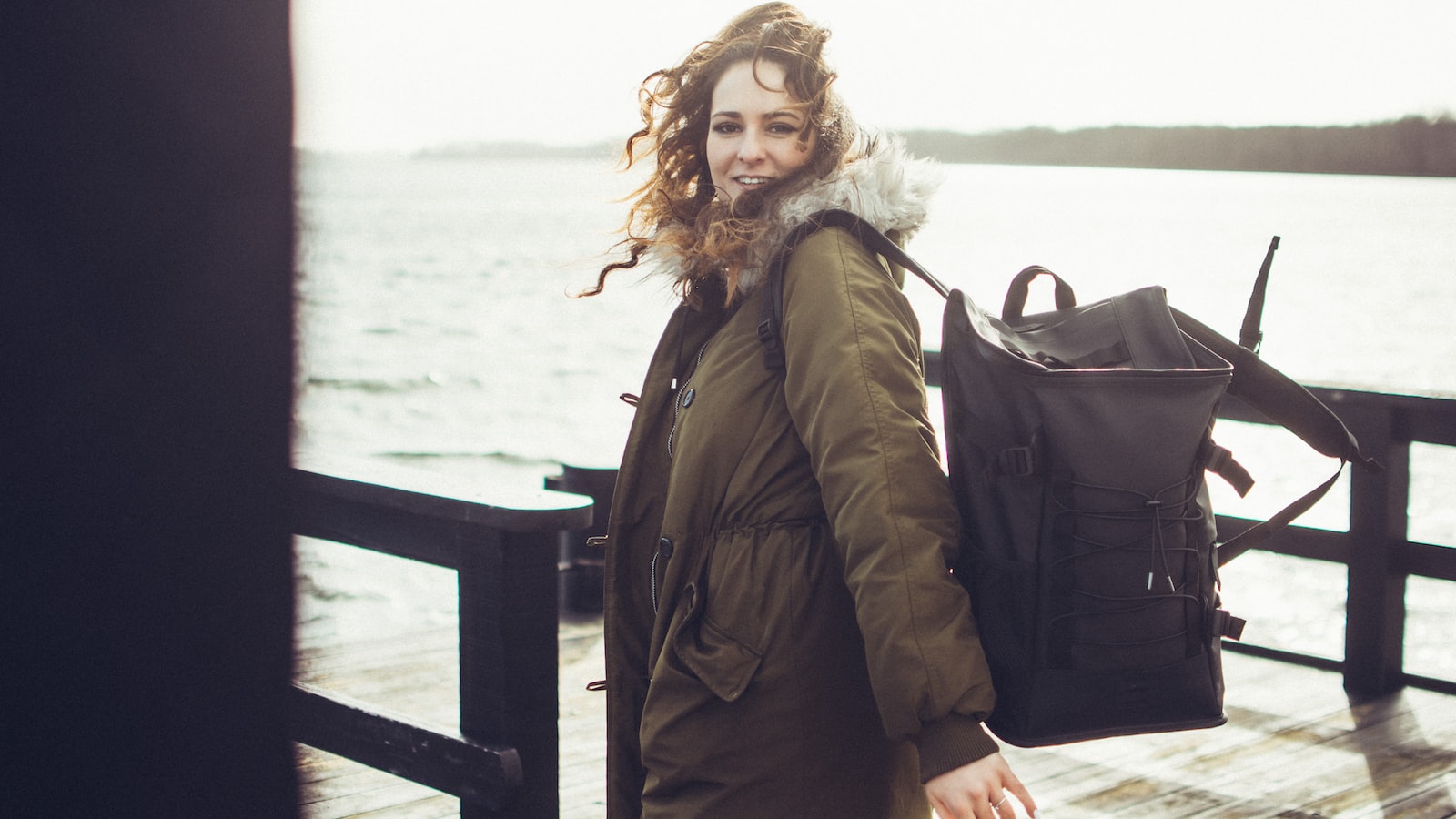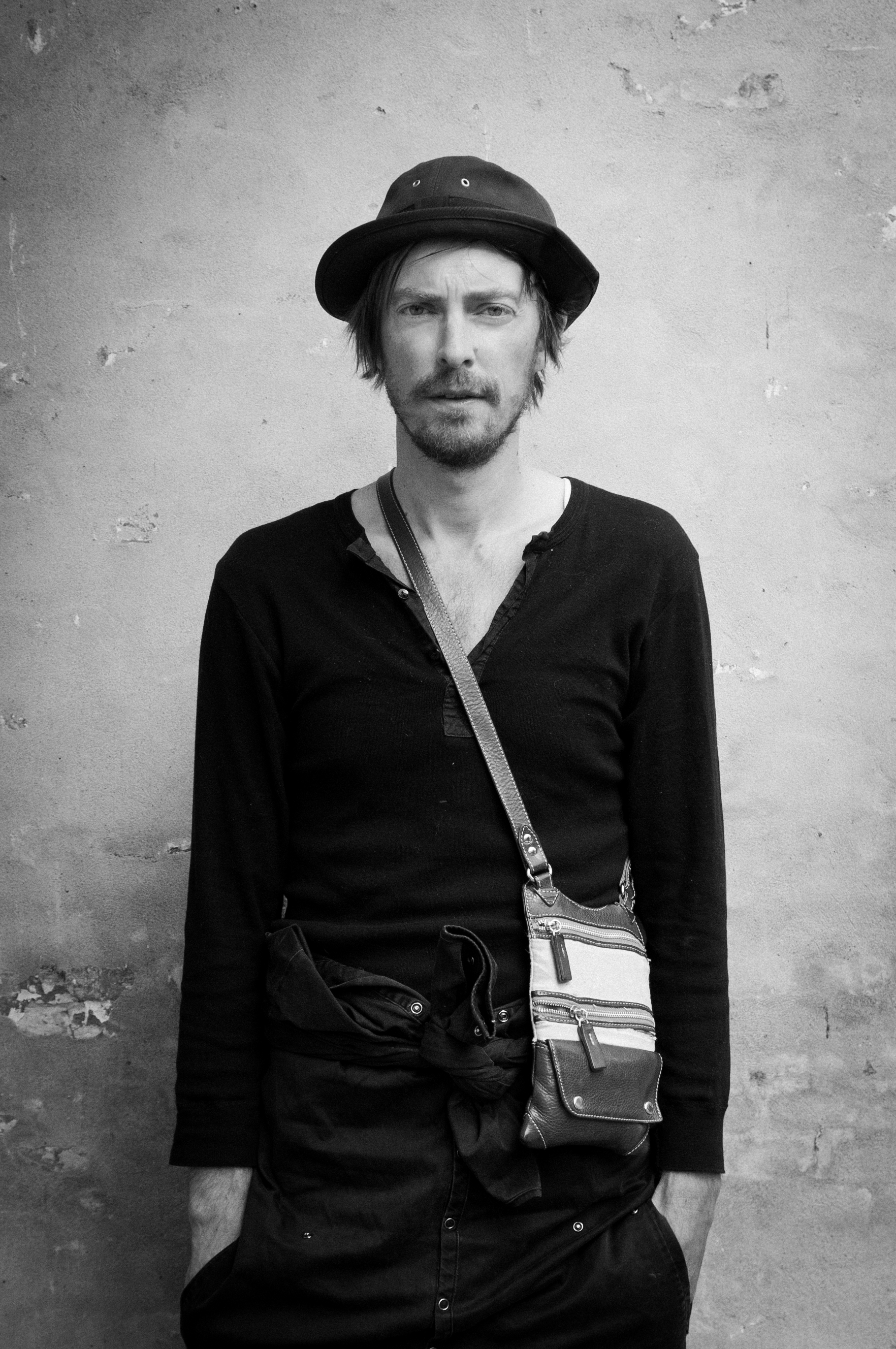The Danish fashion industry has long been revered for its unique blend of creativity and sustainability, drawing the attention of fashion enthusiasts worldwide. With a deep-rooted commitment to ethical production practices and innovative design, Danish fashion designers have managed to strike the perfect balance between style and sustainability. In this article, we delve into the realm of Danish fashion, exploring the captivating creativity that defines the industry, while shedding light on the eco-conscious values that make it a true trendsetter in the global fashion landscape.
1. The Rise of Danish Fashion: A Harmony of Style and Sustainability
Danish fashion has seen a remarkable rise in recent years, and it’s not just because of the stylish designs that have captivated fashionistas worldwide. What truly sets Danish fashion apart is its unwavering commitment to sustainability. Danish designers have seamlessly integrated eco-friendly practices and materials into their collections, paving the way for a more conscious and responsible fashion industry.
When it comes to sustainable fashion, Danish designers are leading the way with their innovative approaches. One of the key principles that sets Danish fashion apart is a focus on longevity. Instead of following fast fashion trends that result in disposable clothing, Danish designers create timeless pieces that are meant to last. By embracing durable fabrics and classic designs, Danish fashion promotes a more sustainable consumption pattern, reducing waste and encouraging customers to invest in high-quality pieces.

2. Unveiling the Key Principles of Danish Sustainable Fashion
Danish sustainable fashion champions a unique set of principles that redefine the way we approach clothing. Here are the key principles that govern this innovative movement:
- Slow Fashion: Danish sustainable fashion rejects the fast-paced, disposable nature of the fashion industry and embraces a “less is more” philosophy. Quality over quantity is paramount, encouraging conscious choices that result in timeless and durable pieces.
- Transparency: In the realm of Danish sustainable fashion, transparency is king. Brands pride themselves on providing consumers with complete visibility into their supply chain, from sourcing materials to manufacturing processes. This transparency fosters trust and allows customers to make informed decisions about their purchases.
- Circularity: Circularity lies at the core of Danish sustainable fashion. Instead of adhering to the traditional linear model of production and consumption, this movement focuses on the regeneration of materials and minimizing waste. Designers often integrate recycled or upcycled materials, breathe new life into old garments, and advocate for extended product lifespan.
The Danish sustainable fashion revolution also places a strong emphasis on social responsibility and ethical production, aiming to ensure fair working conditions, fair wages, and respect for the rights of every individual involved in the creation process. These principles combine to make Danish sustainable fashion a guiding light in the global movement towards a more conscious and sustainable future for the fashion industry.

3. Innovative Danish Designers Paving the Way for Sustainable Style
Denmark has long been known for its rich design heritage, and these inventive Danish designers are taking the concept of sustainable style to new heights. With their innovative approaches and eco-friendly materials, they are revolutionizing the fashion industry while prioritizing sustainability.
One such visionary is **Maria Nordstrøm**, a Copenhagen-based designer who seamlessly integrates sustainability into her elegant collections. Inspired by nature, Nordstrøm uses biodegradable fabrics and recycled materials to create breathtaking pieces that not only look sensational but also leave a minimal carbon footprint. Her commitment to sustainable fashion has earned her international recognition and a loyal following, as she proves that sustainable style doesn’t have to compromise on aesthetics or quality.
- Another trailblazer in the Danish design scene is **Lars Jensen**, who champions upcycling as a means of reducing waste in the industry. Jensen ingeniously transforms discarded textiles and materials into unique fashion items, extending their lifecycle and diverting them from landfill. His artistic flair and attention to detail result in remarkable upcycled garments that tell a story of sustainability and creativity.
- One cannot talk about innovative Danish designers without mentioning **Sofie Møller**, whose ingenious designs challenge traditional notions of fashion. Møller’s avant-garde creations are characterized by their use of unconventional, eco-friendly materials like vegan leather and organic textiles. She constantly pushes boundaries, using biomimicry to draw inspiration from nature and find innovative solutions for a sustainable future.

4. Embracing Danish Fashion: Sustainable Styling Tips and Ethical Shopping Recommendations
When it comes to Danish fashion, sustainability and ethical practices take center stage. The Danish fashion industry is known for its commitment to eco-friendly and ethical production methods, making it the perfect inspiration for your own sustainable style journey.
Here are some styling tips to help you embrace Danish fashion while supporting sustainable practices:
- Invest in timeless pieces: Opt for classic, well-made clothing that can withstand the test of time. Choose versatile items that can be worn in different ways to minimize the need for excessive shopping.
- Opt for organic and natural fabrics: Look for garments made from organic cotton, linen, hemp, or Tencel. These materials are not only better for the environment but also provide superior comfort and durability.
- Try minimalist aesthetics: Danish fashion often embraces clean lines and minimalist designs. Embrace this style by focusing on quality rather than quantity, and keep your outfits simple yet effortlessly chic.
When it comes to ethical shopping, the Danish fashion scene offers plenty of options:
- Support local designers: Danish fashion thrives on local talent, so seek out independent designers who prioritize sustainable production methods. By supporting them, you contribute to a more ethical and diverse fashion industry.
- Shop second-hand: Give pre-loved clothing a second life by exploring vintage or second-hand stores. Not only will you find unique pieces, but you will also reduce waste and minimize your environmental impact.
- Research sustainable brands: Take the time to research and discover Danish fashion brands that prioritize sustainability and fair trade. Look out for certifications like GOTS (Global Organic Textile Standard) or Fairtrade to ensure your purchases are truly ethical.
By following these styling tips and ethical shopping recommendations, you can embrace Danish fashion while promoting sustainability and ethical practices. Let your wardrobe reflect your commitment to a better future, one conscious fashion choice at a time.
Future Outlook
In conclusion, Danish fashion exemplifies the harmonious combination of style and sustainability. From innovative design to ethical production practices, this small Scandinavian nation has carved its place on the global fashion stage. Danish designers have embraced creativity with open arms, melding artistic ingenuity with a deep-rooted commitment to environmental responsibility.
Through their intricate craftsmanship and attention to detail, Danish fashion creators have managed to strike a unique balance between contemporary trends and timeless elegance. Their avant-garde designs effortlessly reflect a distinct Scandinavian aesthetic, capturing the essence of simplicity, minimalism, and functionality.
However, what truly sets Danish fashion apart is its unwavering commitment to sustainability. Embracing an eco-conscious mindset, Danish designers continuously seek out innovative materials and techniques that reduce the industry’s ecological impact. From organic cotton to recycled fabrics, they embrace ethical sourcing and go above and beyond to minimize waste and pollution.
Moreover, Danish fashion fosters a symbiotic relationship between style and sustainability, reinforcing the notion that these two concepts are not mutually exclusive, but rather inseparable. The industry’s dedication to creating timeless pieces that transcend temporary trends encourages consumers to invest in quality, long-lasting garments, thus reducing the detrimental effects of fast fashion on both the environment and human wellbeing.
As we delve deeper into the complexities of the fashion industry, Danish fashion emerges as a shining example of how style and sustainability can coexist harmoniously. Uniting craftsmanship and creativity with a strong environmental consciousness, Danish designers have paved the way for a more responsible and conscious fashion future that promises to shape the industry for generations to come. So, let us embrace the Danish fashion revolution, celebrating their commitment to both style and sustainability, and inspiring change on a global scale.

